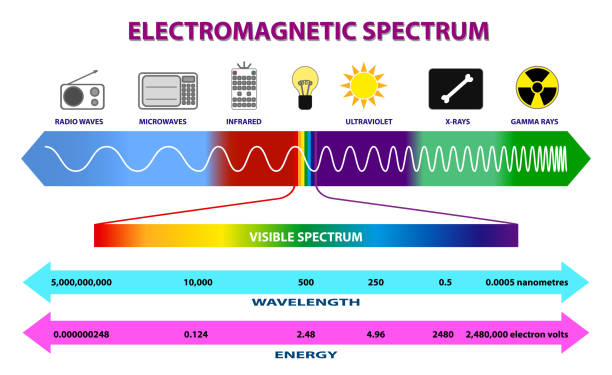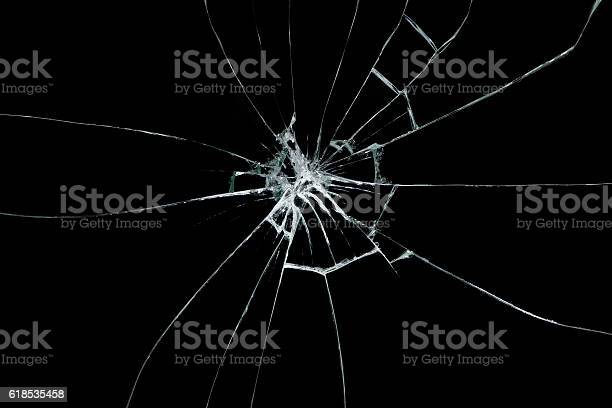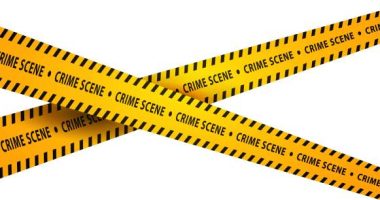Paint is a viscous, opaque, whit or colored liquid mixture which when spread on a surface, will dry into a hard film. Paint is composed of a binder and pigments, other additives, all dissolved or dispersed in a suitable solvent. Pigment imparts color and hiding to paint and is usually mixtures of various inorganic and organic compounds added to the paint by the manufacture. The binder is a polymeric substance that provides the support medium for pigments and additives. When paint applied to the surface, solvent evaporates leaving behind a hard polymeric binder and any pigments that are suspended in it.
Paint as a physical evidence is most frequently encountered in hit and run, burglaries and other crimes involving use of vehicles. Paint is generally recovered in the form of chips, smears or intact paint. Chips results from old paint, smear from fresh paint, intact paint is found adhering to painted objects.
EXAMINATION OF PAINT
The comparison and examination of paint is usually accomplished through one or more of the following laboratory techniques. modernforensic.in
MICROSCOPIC EXAMINATION OF PAINT:
- Physical matching: the microscope has traditionally been, and remains, the most important instrument for locating and comparing paint specimens. Samples are first examined under a good stereomicroscopic microscope and their overall similarities or otherwise are noted. Bigger chips are separated from the sample and any possible physical matching of broken edges of the chips within the exhibit and control could also be tried. Physical match between two such samples prove definitely that both the samples have a standard origin.
- Matching of layers: automobile paint chips mostly contain several layers, which are highly important for identification purpose. The edge of the chips may be cut with razor blade or in a microtome and mounted vertically with the cut edge upside in a plasticine or similar mount. Sequence of color and thickness of different layers present layers are observed and noted. Brittle paint chips could also be mounted on paraffin block and so sectioned with a microtome for comparison. Layers from two paint chips may be compared in a comparison microscope. Exact matching of layers in multilayered chips established their identity.
In very small paint chips, cutting of the edge may not be possible. So in such case, paint chips is also mounted directly and layers should be noted. The old repainted vehicles may have different layers in different parts of the identical vehicle. Therefore, non-matching of layers, does not always eliminate the possibilities of two paint chips being originated from the same vehicle, if they are found to be similar in all other confirmatory tests.
3. Examination of surface markings: paints chips are mounted flat with top coat up and are examined first under stereoscopic microscope. Any scratch mark, particular adhering material and surface texture of the paint are examined under comparison microscope. Details of peculiar mark or adhering material found on the surface may also be examined under incident light microscope at a higher magnification. Any continuous marking between two paint chips is highly to establish identity.
4. Pigment distribution: chips or powdered paint samples may be pulverized and dispersed in a microscope slide and pigment distribution may be studied both under incident and transmitted light microscope. Such samples may be observed under UV light to study their fluorescence.
WORKSHEET FOR MICROSCOPIC EXAMINATION OF PAINT
Case no.—————————-
Sample no.————————
- Nature-flakes, chip, powder, smear, any other form.
Colour——————-
Physical matching- absent /present
- Numbers of layers observed.—————
Sequence of color of different layers.—————-
Thickness of each layer———————–
- Surface markings- present/absent/ any other adhering materials details
- Texture _ similar/not similar
- Fluorescence_ present/ absent/ color
- Pigment distribution_ similar/ different.
Overall results of paint examination from the above studies.
MICROCHEMICAL TESTS FOR EXAMINATION OF PAINT
Gross similarity or otherwise between two paint samples may be studied by putting them in a series of chemicals described below and observing the reactions under low power microscope. This test may be carried out in a porcelain spot plate by putting few drops of the liquid in each well. About 3mg of sample is put in each of the chemical. Change in color or bleeding of color, solubility, effervescence of glasses, scaling out of layers etc. are noted. Similar behavior of the paint samples in all chemicals strongly indicates the commonness of origin between the samples.
In examination of paint, recommended chemicals for this test are- Conc.H2SO4, ConC. HNO3, Conc. HCl, Conc. NaOH, Ammonium sulphate, acetone, ethyl acetate etc.
DIFEERENTIAL SOLUBILITY AND TLC FOR PAINT EXAMINATION
Solubility of the paint samples may be tried in a number of solvents such as acetone, ethyl acetate, chloroform, benzene, methyl alcohol, xylene. Solubility or partial solubility of the sample is noted.
The soluble component of the paint could also be examined by thin layer chromatography using appropriate solvent system.
TLC ANALYSIS:
Sample / exhibit no.———–
Solvent used ————-
Spray reagent used———-
Number of spots and colour————-
Conclusion ________________________
INSTRUMENTAL TECHNIQUES FOR EXAMINATION OF PAINTS
Identity between two or more paint samples may be established by comparative study with help of the techniques. However, paints are manufactured by different manufacturer using variety of vehicle combinations. Similarly there are numerous kinds of metallic and organic pigments that may produce similar color, although those are totally different in compositions. Therefore, it is necessary to evaluate the organic and inorganic components present in the paint sample. Subject to availability, following methods may be used for generic identification of the paint sample.
- Infra-red spectroscopy- infra-red spectroscopy has been widely used for examination of paint vehicles or paint pigments. Sample requirement in FTIR techniques is very small.
2. Pyrolysis gas chromatography- Pyrolysis gas chromatography is an ideal technique for the examination of vehicle component of the paint. Thus technique is considered more sensitive than the infra-red spectroscopy for identification of organic component. This technique for examination of paint although destructive, sample requirement is extremely small, and information revealed is extremely specific.
Many solid materials commonly encountered as physical evidence- for examples, paint chips, fibers, and plastic – cannot be readily dissolved in a solvent for injection into the gas chromatograph. Thus, under normal conditions these substances can’t be subjected to gas chromatographic analysis. Materials like these are often heated to high temperatures (5000C- 10000C) or pulverized, in order that they will decompose into numerous gaseous products. Pyrolyzer permits these gaseous products to enter the carrier gas stream, where they flow into and through the gas chromatography column.
The pyrolyzed component can be studied by chromatogram or pyrogram. Elemental analysis of the pigments- identification of metallic components present in the pigment can be made with emission spectrography or ICP emission spectrometer. Among other techniques, SEM-EDX, AAS, X-Ray fluorescence and NAA techniques are also applicable for identification of pigment composition.
3. X-ray diffraction- X –ray diffraction technique can reveal the crystalline characteristic of the paint, which are individual to compounds. Thus information available from X-ray diffraction is more complete in paint examination than the other techniques.

4. Emission spectroscopic analysis – mineral elements present in the paint can be identified by emission spectroscopy. The presence of trace elements provides excellent points of comparison between two paint specimens. Laser beam emission spectral analysis examines and compare mineral elements present in each paint layer. If synthetic dyes have been used as pigments in paint, they are identified through spectrophotometry analysis.
For more updates, subscribe to our blog.








